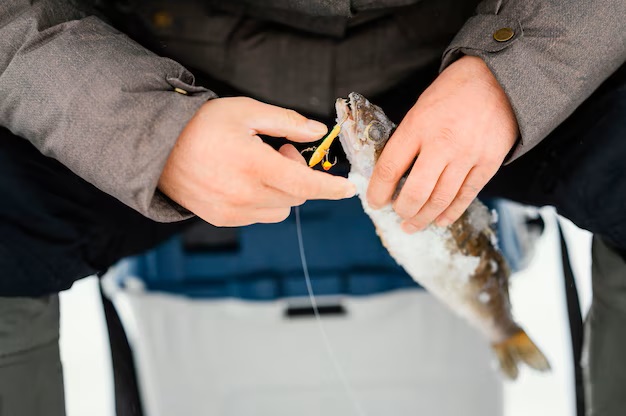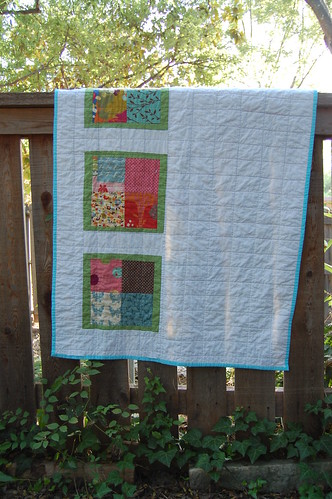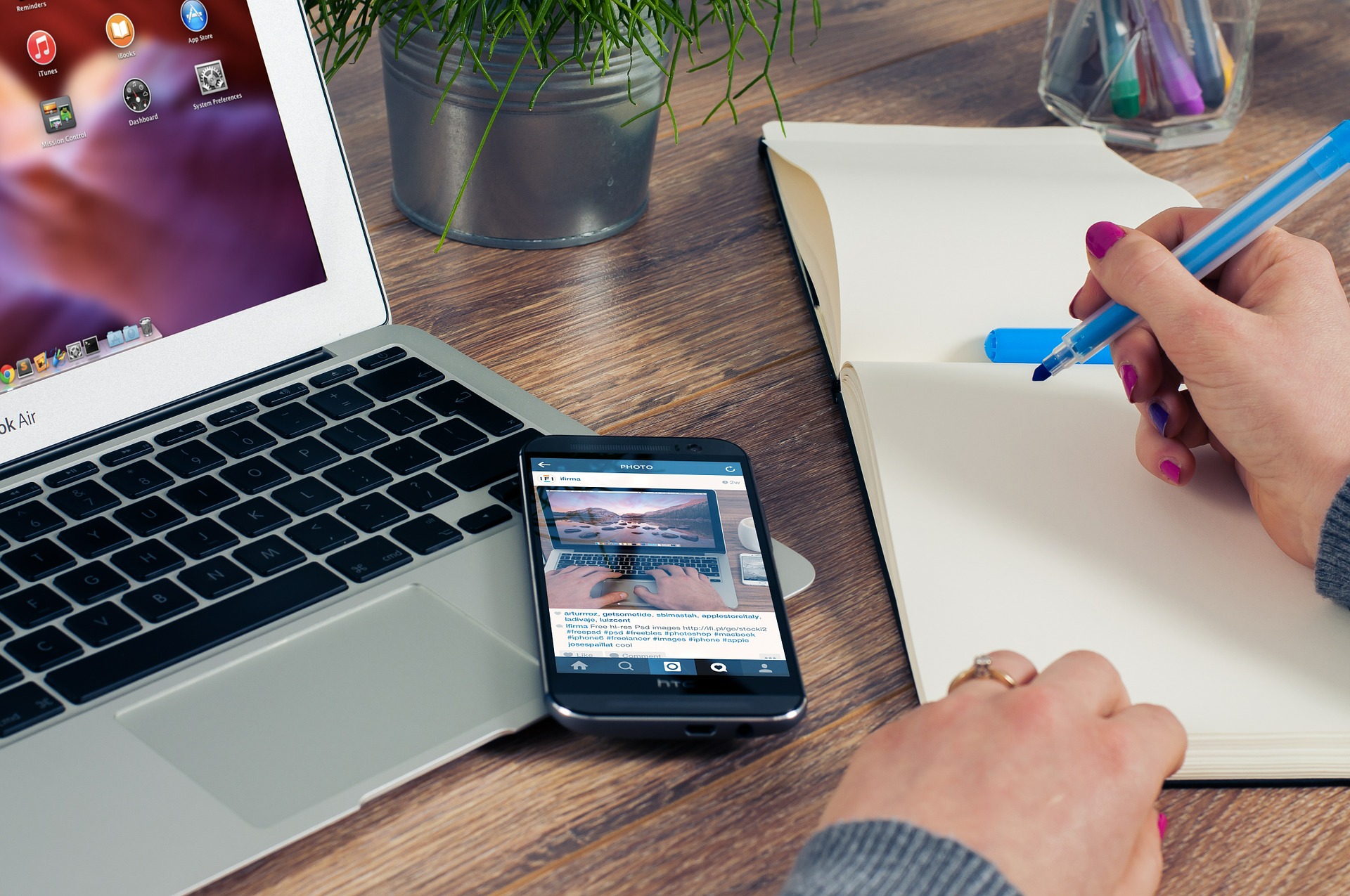Mastering Bias Binding Techniques Two Easy Ways
In the world of textile arts, the finer points of craftsmanship often make a significant difference in the overall presentation of your projects. The ways in which edges are finished can elevate the aesthetic and durability of any creation. Learning the nuances of this fundamental aspect not only enhances your skills but also broadens your creative possibilities.
Exploring various methods for closing raw edges provides both functionality and style to your work. From simple solutions to more intricate approaches, each technique offers its own charm and effectiveness. This guide will illuminate two accessible methods that can help you achieve polished results, ensuring your garments and crafts stand out with sophistication.
As you delve deeper into these methods, you’ll gain confidence and efficiency, allowing your unique vision to shine through. Embrace the joy of creation and take your projects to the next level with these valuable skills at your fingertips.
The Importance of Bias Binding
Utilizing a strip of fabric around the edges of a project can significantly enhance both its appearance and durability. This method not only adds a polished finish but also serves to protect raw edges from fraying. Understanding the value of this simple yet effective approach is crucial for any sewing enthusiast.
Firstly, the aesthetic appeal of a neatly finished edge cannot be overstated. A well-applied strip brings color and contrast, elevating the overall design. This decorative element can be customized to complement or contrast the main fabric, allowing for creative expression and personal style.
Moreover, this technique contributes to the longevity of a project. By enclosing the raw edges, it minimizes wear and tear that typically occurs over time. This protective measure ensures that garments and accessories remain in excellent condition, promoting sustainability and reducing waste.
In summary, incorporating a fabric strip around edges is an essential skill in sewing. It enhances visual interest while providing practical benefits, making it a worthwhile addition to any crafting repertoire.
Materials Needed for Effective Binding
When embarking on a creative sewing project that requires the perfect edge finish, possessing the right supplies is essential for achieving a polished outcome. Quality materials can make a significant difference in both the appearance and durability of your work. Below is a concise list of items that will aid in creating neat and professional-looking edges.
Fabric Strips: Select fabric strips with a bias cut, as they provide stretchability and flexibility, allowing for smoother curves and contours when applied to your creations.
Thread: High-quality thread is crucial for ensuring strong seams. Opt for thread that matches your chosen fabric to maintain a cohesive look.
Scissors: A sharp pair of scissors will help you achieve precise cuts, whether trimming fabric or snipping thread. Consider specialty scissors designed for cutting bias strips.
Iron: An iron is invaluable for pressing fabric strips and seams flat, which results in cleaner finishes and improved ease of handling during the application process.
Measuring Tools: Accurate measuring instruments such as rulers or measuring tapes are necessary for cutting consistent and even strips, contributing to a uniform appearance in your sewing projects.
Clips or Pins: Use clips or pins to hold strips in place while sewing. They provide stability and prevent shifting, ensuring that pieces align correctly.
Seam Ripper: This handy tool is essential for any sewing venture, allowing you to easily remove unwanted stitches and make adjustments as needed without damaging your fabric.
Equipping yourself with these key materials will pave the way for exceptional finishes in your sewing ventures, enhancing both your skills and the overall quality of your work.
Step-by-Step Guide to Bias Binding
This section offers a detailed walkthrough on how to perfectly finish edges in your sewing projects. By following these straightforward instructions, you can achieve a polished look in no time. Let’s explore the process together and discover how to enhance your fabric creations.
Gathering Materials
Before starting, ensure you have all necessary items at hand. You will need fabric strips cut at an angle, scissors, an iron, and sewing tools. A good quality thread that matches your fabric will also be essential to achieve a seamless finish.
Process Overview
Begin by carefully aligning the fabric strip along the edge of your project. Use pins to secure it in place, ensuring a snug fit. Next, stitch along the edge, being mindful to catch both the strip and the main fabric. Once stitched, press the seam open and fold the strip over to the reverse side, folding it neatly. Finally, secure the edges with a final row of stitching, ensuring everything lies flat and tidy. The result will be a beautifully finished edge that elevates your work.
Common Mistakes to Avoid
When working on fabric finishes, there are several pitfalls that many beginners fall into. These errors can lead to frustration and unsatisfactory results. By being aware of these common issues, you can enhance your sewing experience and achieve more polished outcomes.
Lack of Preparation: One of the biggest blunders is not preparing the material properly. Ensure you have all your supplies organized and that your fabric is pre-washed and ironed. This simple step can prevent unnecessary complications during the process.
Incorrect Measurements: Accuracy is crucial. Taking inaccurate measurements can result in uneven edges and poor fit. Always double-check your dimensions before cutting or sewing to avoid having to redo your work.
Neglecting Seam Allowances: Overlooking the importance of seam allowances can lead to misalignment and hinder the final appearance. Always remember to incorporate adequate space for seams, as this will ensure a more professional finish.
Ignoring Fabric Grain: Working against the grain of the fabric can lead to distortion and uneven draping. Understanding and following the grain lines will provide better structure and flow in your project.
Rushing the Process: Patience is key when creating fabric finishes. Skipping steps or hurrying through phases can result in mistakes that are difficult to fix later. Take your time to enjoy the process and your work will reflect that effort.
By avoiding these common missteps, you can develop greater confidence and skill in your sewing endeavors. With careful attention and practice, your projects will turn out beautifully.
Creative Variations for Bias Binding
Exploring innovative approaches to edge finishing can elevate your sewing projects significantly. There are numerous options to transform your fabric edges, bringing both functionality and aesthetic appeal to your creations. By experimenting with different methods, you can find unique solutions that suit your style and the specific needs of your projects.
1. Decorative Stitching: One exciting way to enhance your fabric edges is by incorporating decorative stitching. Using contrasting threads, you can create eye-catching patterns along the edges. Experiment with various stitch types, such as zigzag or scallop, to add personality and flair. This not only secures the raw edges but also serves as a beautiful embellishment.
2. Fabric Manipulation: Another creative variation involves altering the fabric before finishing the edges. Consider techniques such as gathering or pleating, which can create texture and interest. By adding shapes or dimension to your edges, you create a visually striking effect that stands out. Additionally, using different types of fabrics for the finish can introduce contrast and enhance the overall design.
Embracing these imaginative alternatives allows you to push the boundaries of traditional edge finishing. By integrating unique elements, you can make your projects truly one-of-a-kind, reflecting your individual creativity and craftsmanship.
Tips for Professional Finish
Achieving a polished outcome requires attention to detail and the right approach. By incorporating a few best practices, you can elevate your project and ensure that every edge and seam reflects quality craftsmanship. Here are some strategies to help you attain that refined look.
Preparation is Key
Before starting, ensure all materials are well-prepped. This includes washing, drying, and ironing fabrics to remove any creases or shrinkage. A flat, even surface allows for precise cuts and alignments, leading to a neatly finished product.
Finishing Touches
After the main steps are completed, pay attention to the details that can enhance the overall appearance. Neatly trimming excess fabric and ensuring seams are even can make a significant difference. Additionally, consider using an appropriate stitch that complements the fabric type for a seamless look.
| Tip | Details |
|---|---|
| Use Quality Materials | Invest in high-grade fabric and findings for durability and aesthetics. |
| Practice Accurate Cutting | Utilize sharp tools for clean edges; consider using weights and a rotary cutter. |
| Iron as You Go | Press seams and edges during the process for a crisp appearance. |
| Finishing Stitches | Choose the correct stitch type to enhance fabric properties and look. |
Q&A: How to do bias binding two ways
What are bias binding techniques, and why are they important in sewing?
Bias binding techniques refer to the methods used to attach a strip of fabric, usually cut on the bias (the diagonal of the fabric), to the edges of a garment or a project for finishing edges, providing decorative elements, or creating an enclosure for seams. These techniques are important in sewing as they not only enhance the aesthetic appeal of the finished piece but also help in preventing fraying, ensuring durability, and giving a professional look to handmade items.
Can you explain the two easy ways to apply bias binding mentioned in the article?
Certainly! The article discusses two primary techniques for applying bias binding: the single fold method and the double fold method. The single fold method involves folding the bias strip in half lengthwise, aligning the raw edges with the fabric edge, and stitching it down, allowing the bias to cover the seam allowance neatly. In the double fold method, the strip is first folded in half and pressed, then the edges are folded in towards the center crease and pressed again. This results in a more finished look when stitching onto the fabric’s edge, as it encloses the raw edges completely. Both methods are straightforward and can greatly enhance the finished look of your sewing projects.
What materials do I need to start using bias binding techniques?
To start using bias binding techniques, you’ll need a few essential materials: bias tape (which can be made from the fabric of your choice or purchased pre-made), scissors for cutting, an iron for pressing the folds, and pins or clips to hold the binding in place while you sew. Additionally, a sewing machine with a standard presser foot is recommended, although you can sew by hand if you prefer a more traditional approach. Having these materials ready will make the process smoother and more enjoyable.
Are there any common mistakes to avoid when using bias binding?
Yes, there are several common mistakes to avoid when working with bias binding. One frequent error is not cutting the bias tape on the true bias, which can lead to stretching and distortion when sewn onto the fabric. Another mistake is failing to press the binding before application, resulting in uneven edges and a less polished finish. Additionally, it’s crucial to ensure that the binding is stitched evenly, avoiding any puckering. Finally, not trimming the excess bias binding after sewing can lead to bulkiness in seams, so always remember to finish your edges neatly!
What is the best way to start a bias binding tutorial?
To start a bias binding tutorial, first, gather your materials and tools, including fabric, a bias tape maker, and an ironing board. Begin by cutting strips of fabric on the bias, ensuring that they are wide enough for your project. Fold the bias strip in half with the wrong sides together to create a clean edge, and then press it flat. This initial preparation will help you create a well-finished bias binding.
How do I fold bias tape for attaching to a neckline?
To fold bias tape for attaching to a neckline, first, cut a strip of bias that is at least 2 inches wide. Place the fabric right sides together, aligning the raw edges. Fold the bias tape in half lengthwise with the wrong side facing out, then open it up to reveal a crease. Next, fold the edges of the tape in towards the center crease, effectively creating a narrower folded bias tape. Pin the tape along the neckline, ensuring the folded edge is aligned with the edge of the fabric for a clean finish.
How can I ensure a clean finish when using bias tape to bind a seam?
To ensure a clean finish when using bias tape to bind a seam, first pin the bias tape along the seam line with the right sides facing each other. Start by sewing the bias tape to the fabric, ensuring you keep the edge of the binding aligned with the cut edge of the fabric. After sewing, press the binding away from the seam, then fold it over to the wrong side and pin it in place. Finally, topstitch along the folded edge for a neat and professional finish.
What adjustments do I need to make when using wider bias tape?
When using wider bias tape, you may need to adjust the length of the bias strip and the seam allowance. Wider tape provides more coverage, so it is crucial to ensure that it is cut accurately and that your sewing lines are consistent. Additionally, consider using a wider strip if you want to bind curves more effectively, as it offers more fabric to work with, making it easier to create a nice finish without puckering.
How can I effectively use contrasting bias to enhance my sewing projects?
To effectively use contrasting bias to enhance your sewing projects, select a bias tape color or pattern that complements or contrasts with the main fabric. When attaching the bias, align the folded edge carefully along the seam line, ensuring that the contrasting color is visible from the outside. This technique adds visual interest and can serve as a design element in your garment. Consider using contrasting bias on necklines, armholes, or hemlines for maximum impact.
What should I do if I want to make my own bias tape?
If you want to make your own bias tape, start by selecting a fabric that complements your project. Cut the fabric into strips on the bias, making sure the width is appropriate for your needs. Use a bias tape maker to fold the strips neatly, and then press the folds to keep them in place. You can create double-fold or single-fold bias tape depending on the desired finish. Once finished, the tape can be used to bind edges or add decorative elements to your projects.
What is the process for making continuous bias binding?
To make continuous bias binding, start by selecting your fabric and cutting it into a wide strip on the bias. The bias edge allows for better flexibility and draping. Next, sew the ends of the strips together to create one long strip, then fold the binding in half lengthwise with wrong sides together. This creates a neat finished tape that can be used to sew bias binding around curves and straight edges. Finally, press the folded binding to hold its shape before using it in your sewing patterns.
How do I attach bias binding to the edges of my fabric?
To attach bias binding, begin by folding the binding in half and aligning the raw edges with the fabric’s cut line. Pin the bias tape all the way along the edge, making sure to feed the bias strip smoothly around any curves. Use your sewing machine to sew bias binding to the fabric edge, keeping your seam allowance consistent. Once sewn, fold the bias tape over to the other side of the fabric and pin it in place before topstitching to secure it, ensuring a clean finish around the binding.
What are the advantages of making your own bias tape instead of buying pre-made bias tape?
Making your own bias tape allows for greater customization in terms of fabric choice, color, and width. You don’t need to buy pre-made bias tape, which may not match your project perfectly. Additionally, making continuous bias tape from your chosen fabric gives you the flexibility to create the exact length of bias needed for your project. This ensures that you can have bias binding that perfectly fits your sewing patterns and design aesthetic.
How do I ensure a good finish when using wide bias tape?
To ensure a good finish when using wide bias tape, start with a clean cut along the edges of your fabric. When folding the binding, make sure to line the edges together for a neat appearance. Pin the wide strip securely without pins if you prefer, and sew along the seam line to secure the binding. Pay attention to the end of the bias as you sew, making sure to finish the ends properly to prevent fraying. This attention to detail will lead to a polished, professional-looking finish.
What is the best way to make bias tape from a square piece of fabric?
To make bias tape from a square piece of fabric, start with a square and cut it diagonally to create two triangles. From there, you can mark your cutting lines to create bias strips. For good results, make sure to cut along the bias and avoid cutting straight across the grain. After cutting, sew the strips together as needed to create a longer length. Finally, fold and press the strips to make your own continuous bias tape, which can be used for binding edges.
What is continuous bias binding tape and how is it used in sewing?
Continuous bias binding tape is a strip of fabric cut on the bias, which allows it to stretch and conform to curves without distorting. It is commonly used to finish the edges of fabric, adding a polished look to seams and hems. To use it, you simply sew the bias tape around the edges of your pattern piece, ensuring that it lays flat and securely binds the fabric. This method is particularly effective for sewing projects that require a clean finish, such as quilts or garments with curved edges.
What are the two methods for making bias binding?
There are two primary methods for making bias binding: using single fold bias and double fold bias. The single fold method involves cutting a strip of fabric on the bias, folding it in half, and sewing it directly to the fabric edge. In contrast, the double fold method involves folding the bias strip in half, then folding the raw edges in toward the center before sewing it onto the fabric. Both methods serve to create a clean finish, but using double fold bias provides a more durable and polished edge, making it suitable for more demanding sewing projects.
How do I prepare bias binding for my sewing project?
To prepare bias binding, you first need to cut strips of fabric on the bias at your desired width. The size of bias tape can vary depending on the project, but common widths are 1 inch or 2 inches. Once cut, you can either fold bias binding in half or use a bias tape maker to create evenly folded edges. It’s essential to pin all the way along the folded strip to secure it while sewing, ensuring that it remains straight and even throughout the process. You may also want to press it to help maintain its shape.
What is the importance of the width of your bias tape when making bias binding?
The width of your bias tape is crucial because it determines how much fabric coverage you will achieve when binding edges. A narrower strip may be easier to manipulate but may not provide enough coverage, while a wider strip can add a more substantial finish and is better suited for larger seams. When choosing the width of your strip, consider the fabric at the top of your project and the desired outcome. For best results, make sure to select a size that complements your pattern piece and the overall design of your sewing project.
What are the steps to sew double fold bias binding onto a garment?
To sew double fold bias binding onto a garment, there are 2 ways to start. First, prepare your bias tape by cutting it to the appropriate length. Next, you can either fold your fabric’s raw edge under or leave it raw, depending on your preference. Attach the bias tape folded over the edge of the fabric, aligning the raw edges. Pin along the length, ensuring the tape is used evenly. When you reach the end, you can fold the binding over and press it, creating a clean finish. This method allows you to secure the bias tape with a straight stitch along the seam binding, ensuring it holds firmly. After stitching, you can fold the bias tape to finish along the other edge and topstitch if desired. This process results in a polished look, perfect for any sewing project where you like to add a professional touch.




